Every two years in the town I live in, the city conducts “Amnesty Day’, an opportunity for
residents to throw away as much stuff as they want. It’s a bit of a mini-holiday for all of us as it
resembles a city-wide flea market where everything is free. If you are imagining chaos,
disruption, and “buyers” arguing over old, broken massage chairs, you are coming close to
understanding why this event is so much fun.
I’ve yet to find the secret matter-generator in my home, so I continue to go through the bi-annual
process of collecting hordes of stuff from my basement and attic in the hopes that just one of
these items will spark a “buyers” cage-match on my lawn. There is nothing quite like seeing two
people argue over who got to the Big Mouth Billy Bass plaque first.
While sifting through my containers, I found an old book I read a few decades ago called
Moments of Truth. I don’t remember if the writing was particularly good, but I do remember it
being an amazing story about transforming a business.
In the early ’80s, Jan Carlzon was hired by Scandinavian Airlines (SAS) to turn the company
around. SAS was struggling financially, facing customer issues, and competing against larger,
better-managed airlines. For those of you working in large organizations, you understand the
challenges of making rapid changes.
As CEO, Jan implemented numerous changes, but one of the most impactful was to release a
red pamphlet known as the “Red Book”. The Red Book was easy for all employees to read and
outlined key cultural items such as SAS’s mission, values, and service philosophy. It
emphasized the importance of putting the customer first and empowering employees to make
decisions that enhanced the customer experience.
Jan termed any interaction where a company representative could influence the customer’s
perception as a Moment of Truth. By empowering employees to respond effectively to customer
needs, Carlzon believed SAS could differentiate itself from competitors and build strong
customer loyalty.
SAS experienced a massive cultural shift. Employees felt empowered and customers felt
listened to. Financial success quickly followed. It’s a dramatic example of corporate change
that in large part can be attributed to a small red book.
I’ve described in a prior post how candidates need to consider themselves as “problem solvers”,
namely what problems is one uniquely qualified to address and solve. Closely related to this is
a candidate’s need to consider themselves “change agents”, how one can effectively implement
people, process and/or technology changes. Some of my colleagues believe that change
management is the highest priority skill set for a candidate.
When it comes to implementing change, you do not need to have an example of turning around
a major airline. There are so many other areas you can address, such as “how did you position
a new project and get employee buy-in”, “how did you transition sales responsibilities to a new
rep while keeping the clients happy” or “how did you portray the company layoffs to both internal
and external constituents”.
Companies are always changing, it’s the one constant you can bank on. So it’s important to
build the bridge between their changing and your ability to assist with that change.
Hire Thought….Spend some time reflecting on those experiences that position you as a Change Leader.
Disregard all the buzz phrases such as “transformational agent”, “change champion”, “catalyst”,
etc and simply focus on those areas where you had to help motivate others or
develop/communicate a new process or product.
For those of you wondering, I did not put the book out on Amnesty Day. However, with two
years to promote the book, I plan to include it in the next Amnesty Day. I’m so excited to see
what happens on the lawn then!



